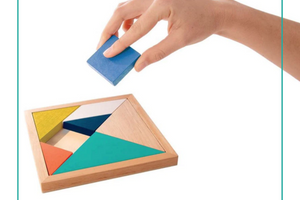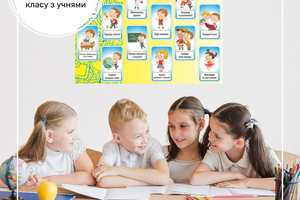The holidays are over and there is a new student in the class. Maybe he had to repeat a grade, change the type of school, or ended up in your class as a result of moving.
No matter why, being the "new guy" is never very pleasant - the familiar school environment and old circle of friends are already gone, and new classmates and teachers are still unknown quantities. Here are some tips on how to make integrating new students as easy as possible.

Content
Step 1. Prepare
Step 2: The first day in the new class
Step 3. What else to do
Step 1. Prepare
You probably know in advance that a new student is expected, and you can make some preparations:
1. Where should the new person sit?
If possible, you can tell the people sitting next to you in advance so that they can prepare for the situation.
Changing the seat after a few weeks has the advantage that the child begins to communicate more closely with different classmates.
Perhaps one or two of your students would also like to make the start a little easier for their new classmate:
introduce him/her to other students and teachers,
available as a contact if you have any questions,
organize a short familiarization tour of the school.
2. Facilitate acquaintance
Set the mood in your classroom for what it means to be new to the classroom. Encourage them to engage the new baby in conversation and play.
Set aside a few minutes to play to get to know each other: with the help of a well-chosen game, everyone can get to know each other in a more relaxed atmosphere, rather than face-to-face.
Step 2: First day in a new classroom
When the first day of the new class arrives, welcome your new student to the class and give him/her an opportunity to introduce himself.
If you notice that he is more of an extrovert, you can let him introduce himself, otherwise conduct a small interview with him. Maybe you have some information about him and can give him a little help with the introduction if needed. If you ask about hobbies or where the family lives, you will immediately find connections with other kids with the same hobbies or kids who live in the same neighborhood.
Before there is time for the "Dating" game at the end of the lesson, you can continue with the normal flow of the lesson. Many people are happy to be able to relax a bit without being the center of attention in class. After that, do not forget to transfer the list of materials.
Step 3. What else to do
As early as possible, you should inform your new student - perhaps with the support of your class - about the rules of the class and other formalities (for example, how withdrawals are punished, how grades are given in the report card, what happens if homework is not done).
The school may also have groups or activities that you can recommend. In smaller groups, getting to know each other is even easier.
When working in groups, clarify the composition of the groups or let the case decide. In this way, you avoid that children who are not yet fully integrated into the classroom community are selected last.
Younger children especially want to help, but sometimes they don't know how. Especially if there is also a language barrier. Here you can provide help and inspiration: e.g. hints about which games can be easily explained using gestures or pictures
A new student will certainly have to overcome some obstacles in the classroom due to different levels of knowledge - especially if he or she has moved to your school from another region.
Maybe he already knows a little more about some topics and you can use that knowledge and let him inform you about it. In this way, he can repeat the learning material, exchange ideas with the class, and mutual knowledge is supplemented and combined.
After receiving all the important information and getting to know his classmates as well as possible, the "new guy" will definitely quickly become part of the class community.
















































